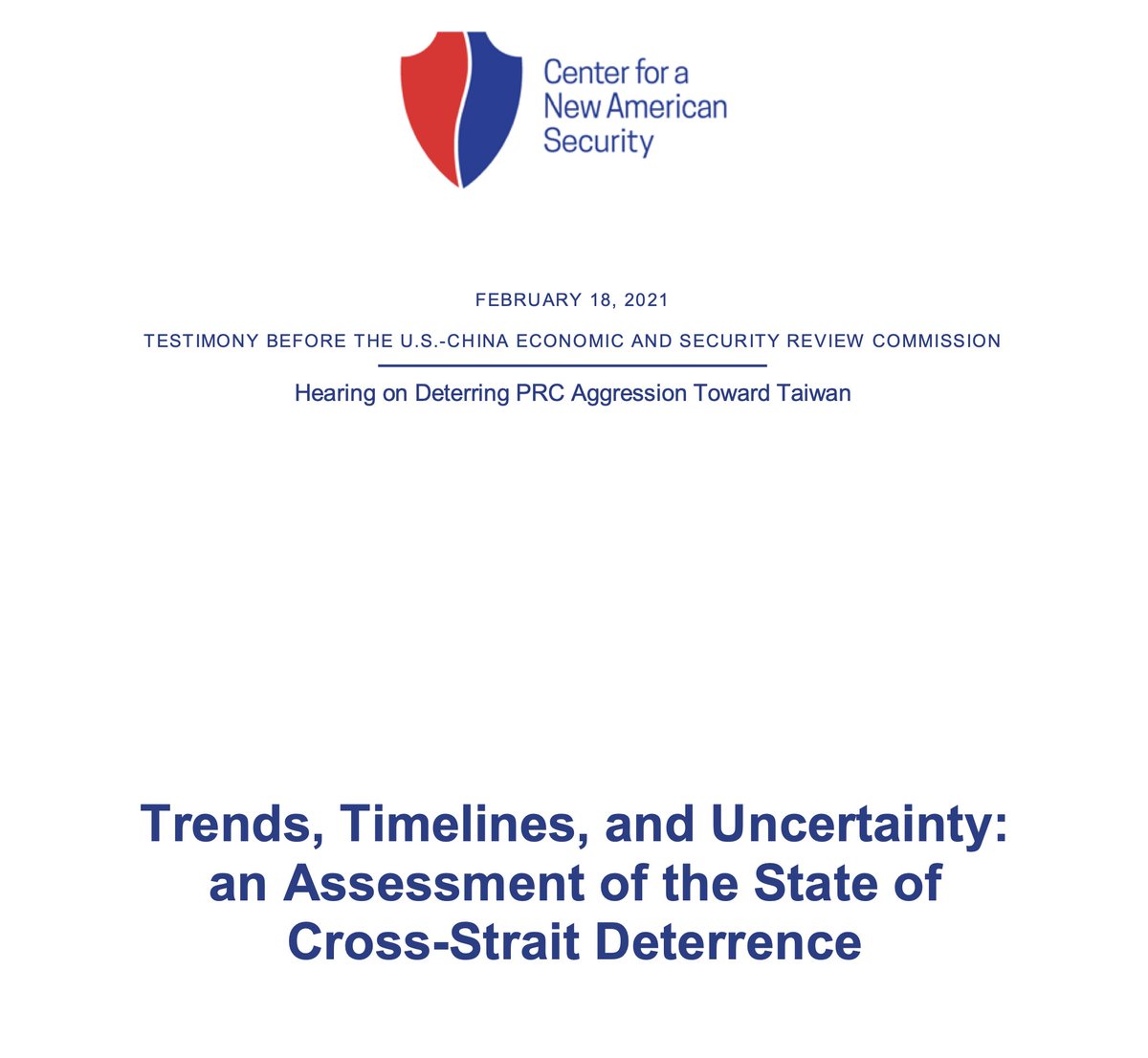
How it went: sound on to hear Fleet Commander calling targets, issuing orders to our 180-person fleet. And watch me trying desperately to keep up as enemy ships are killed before I can even target them...
I'm still relatively new to this game (have only played for months, not years as others have), but I think this was a textbook maneuver. Just as the enemy fleet tried to warp off, it looks like one of our designated ships dropped a warp interdiction bubble...
...at precisely the right time, allowing part of their fleet to warp off and trapping the other portion with us. That remaining portion of their fleet was inferior to ours, and thus defeated in detail.
And here's the tale of the tape. In terms of resources expended, a victory for my side: br.evetools.org/br/602b43e6cfe…
• • •
Missing some Tweet in this thread? You can try to
force a refresh




















